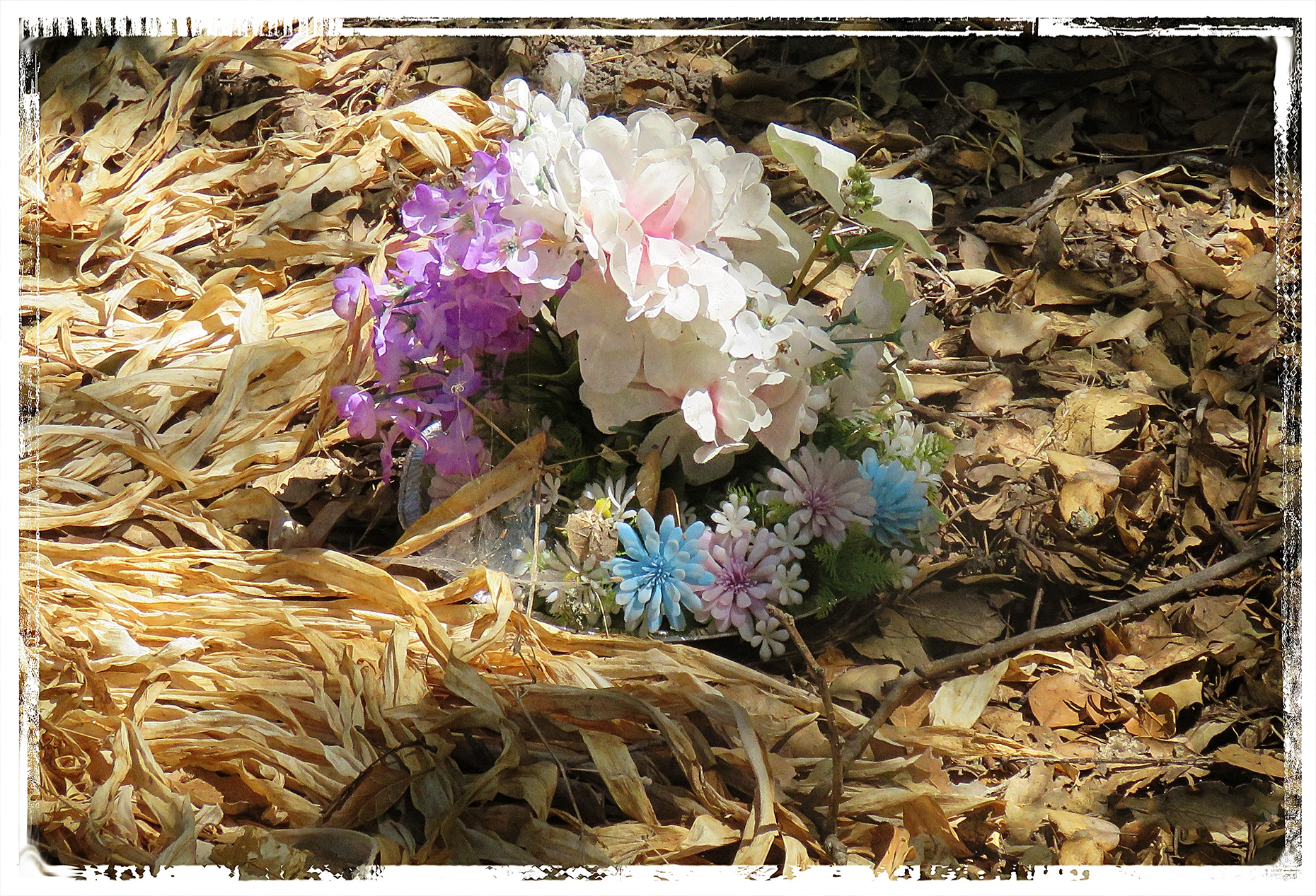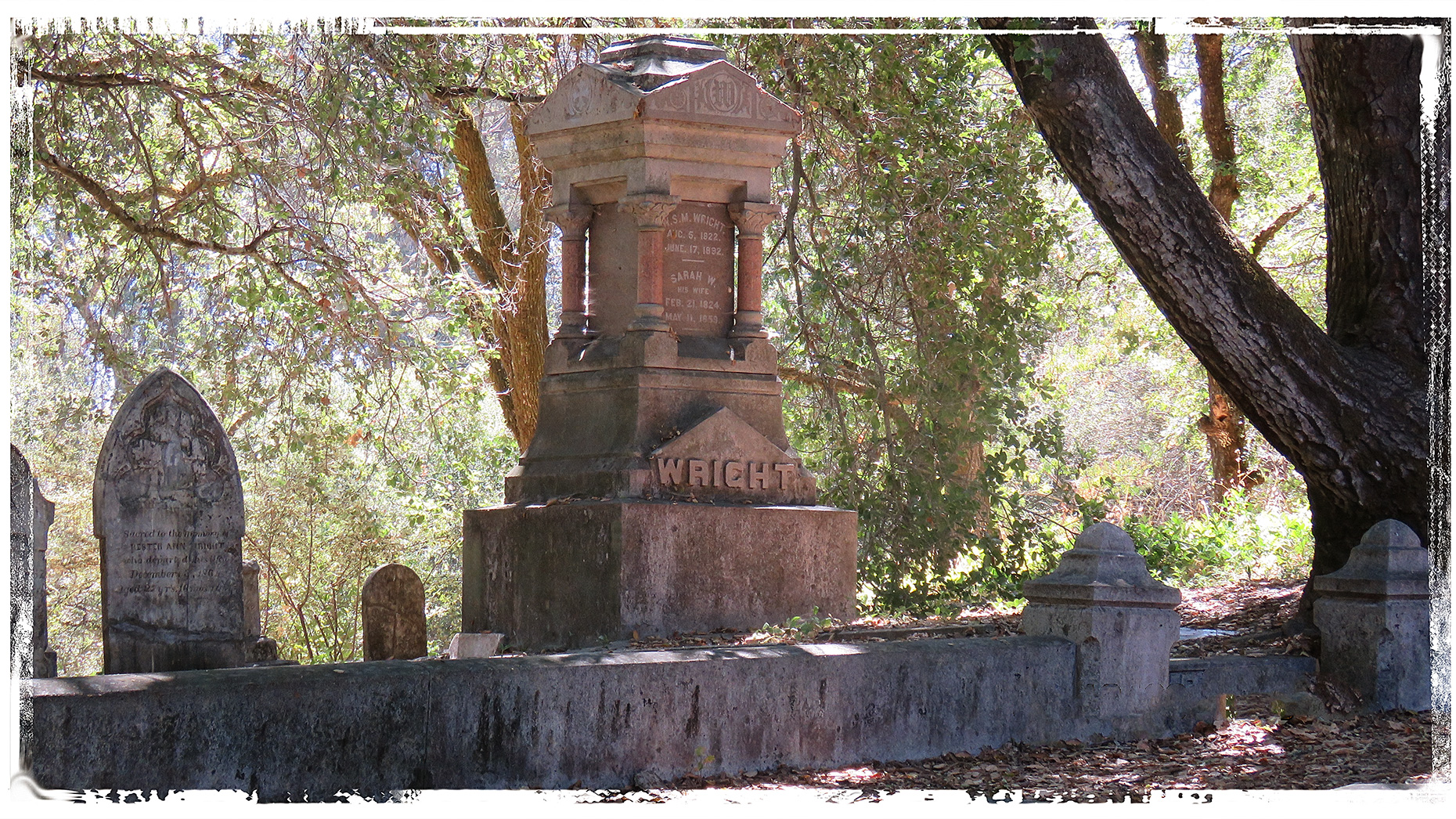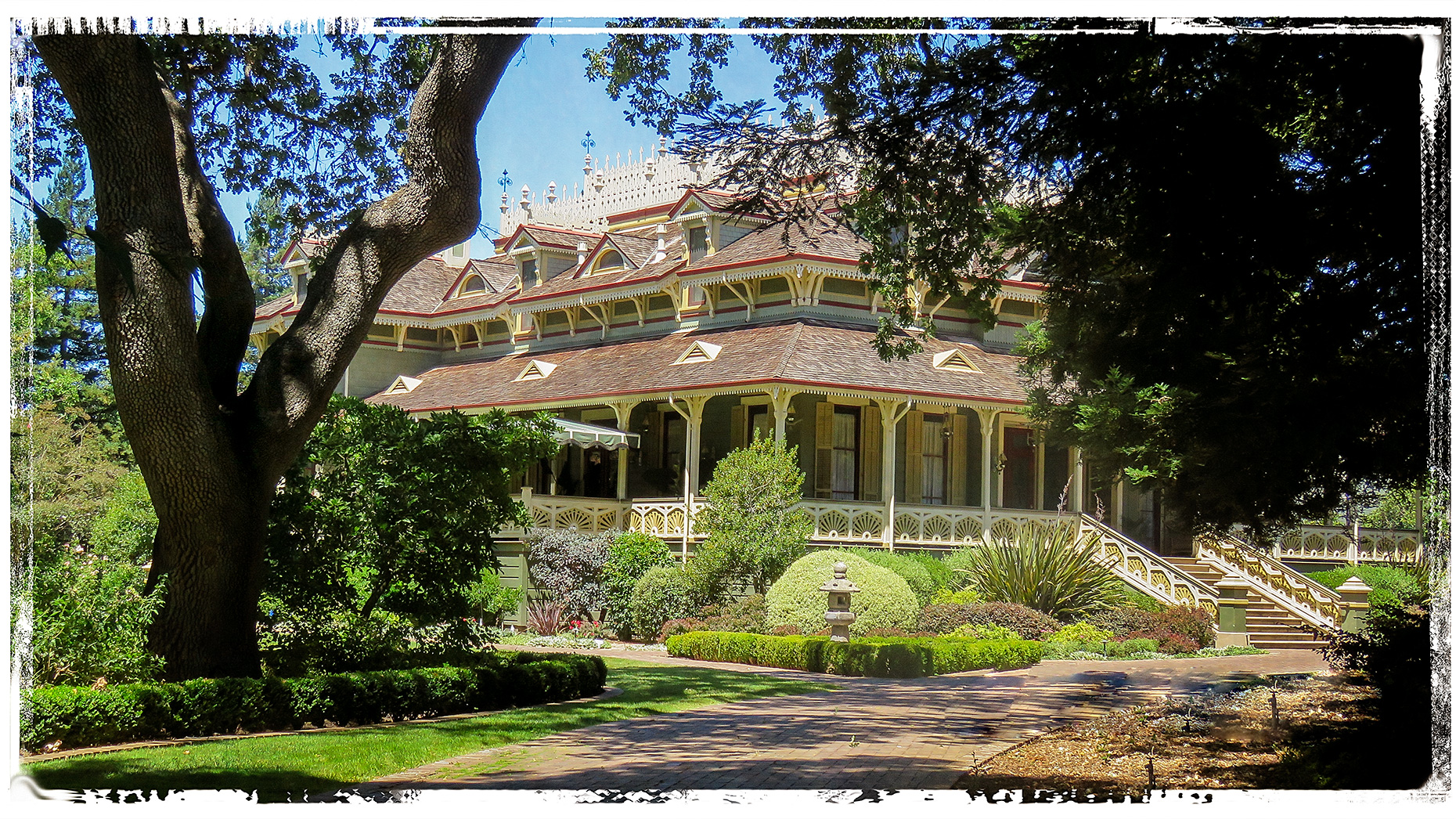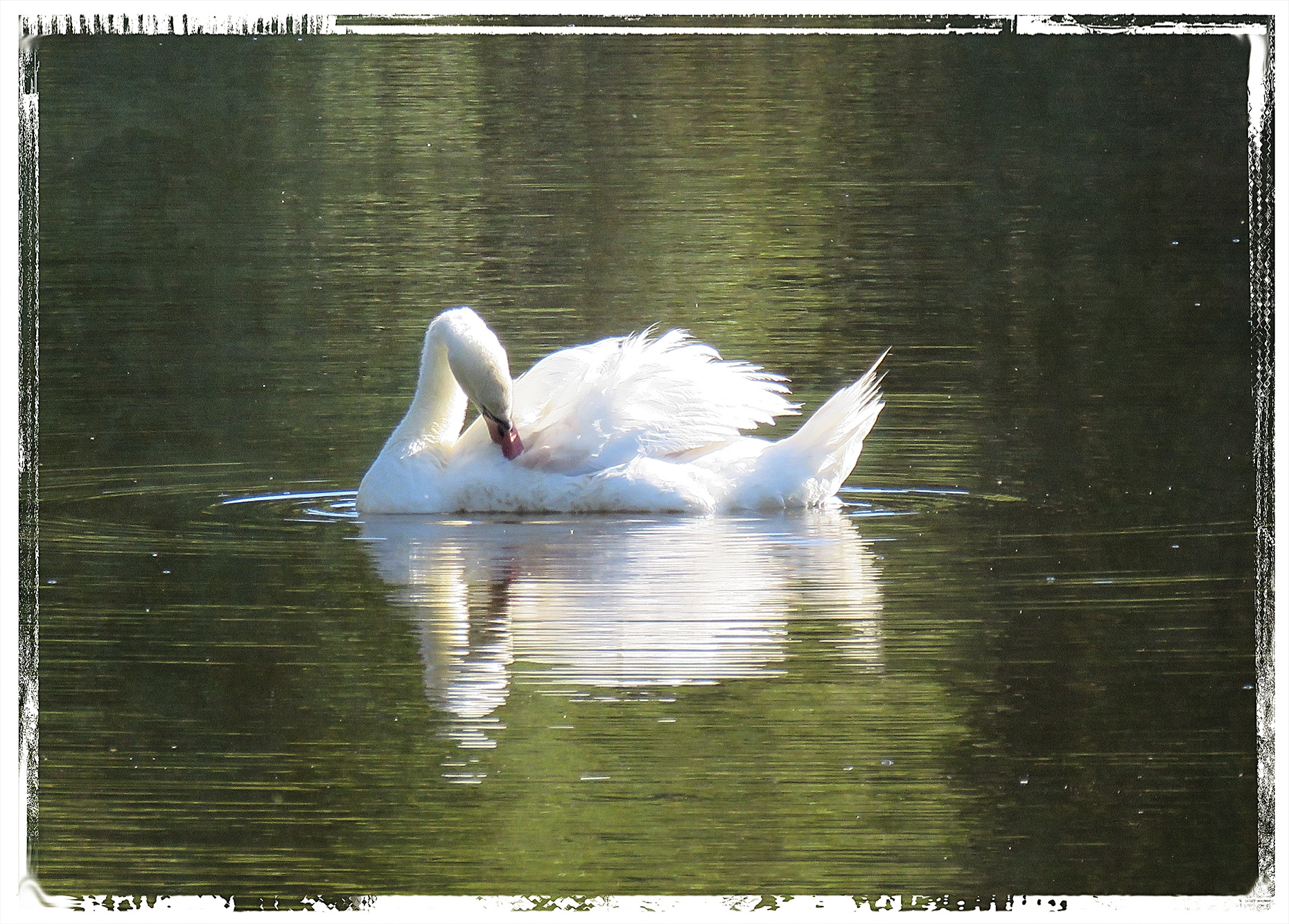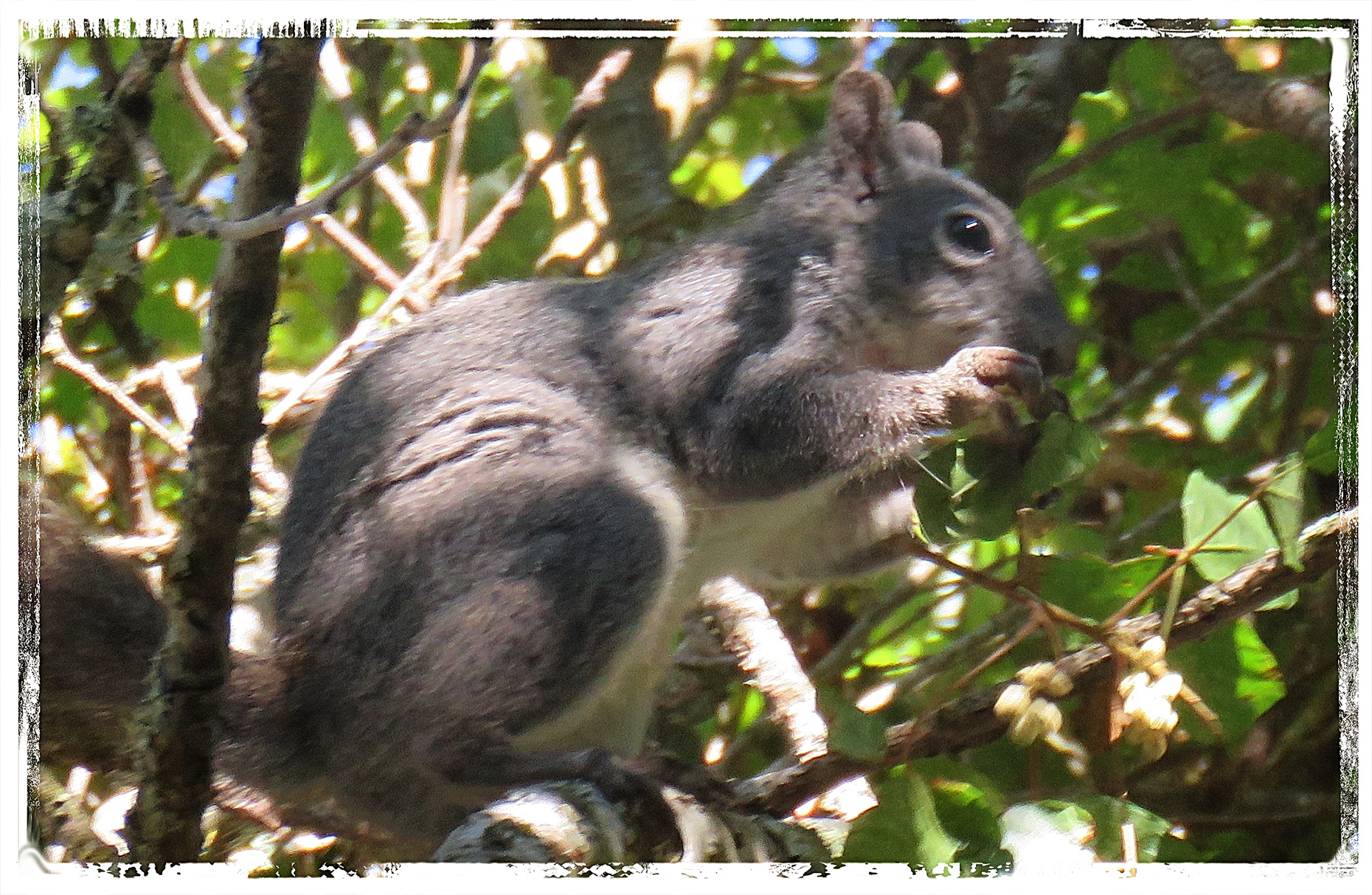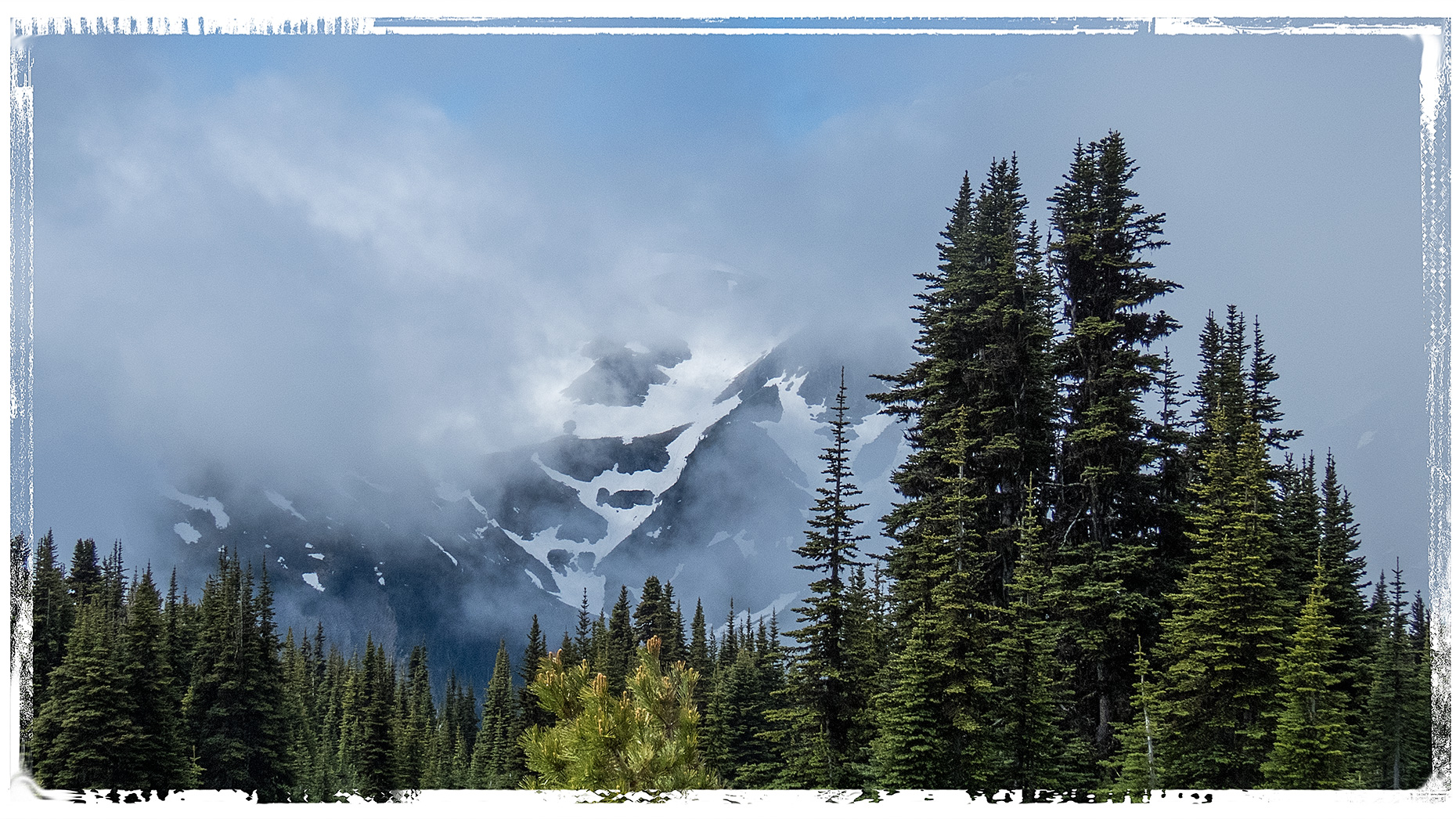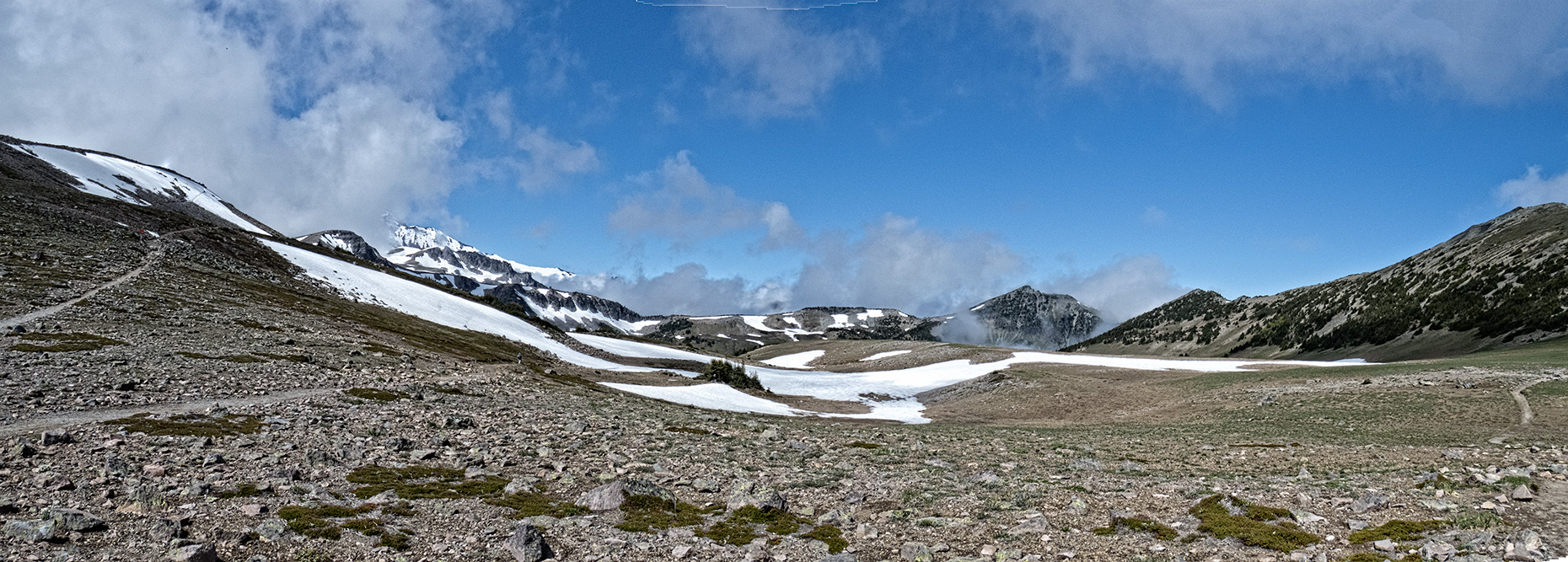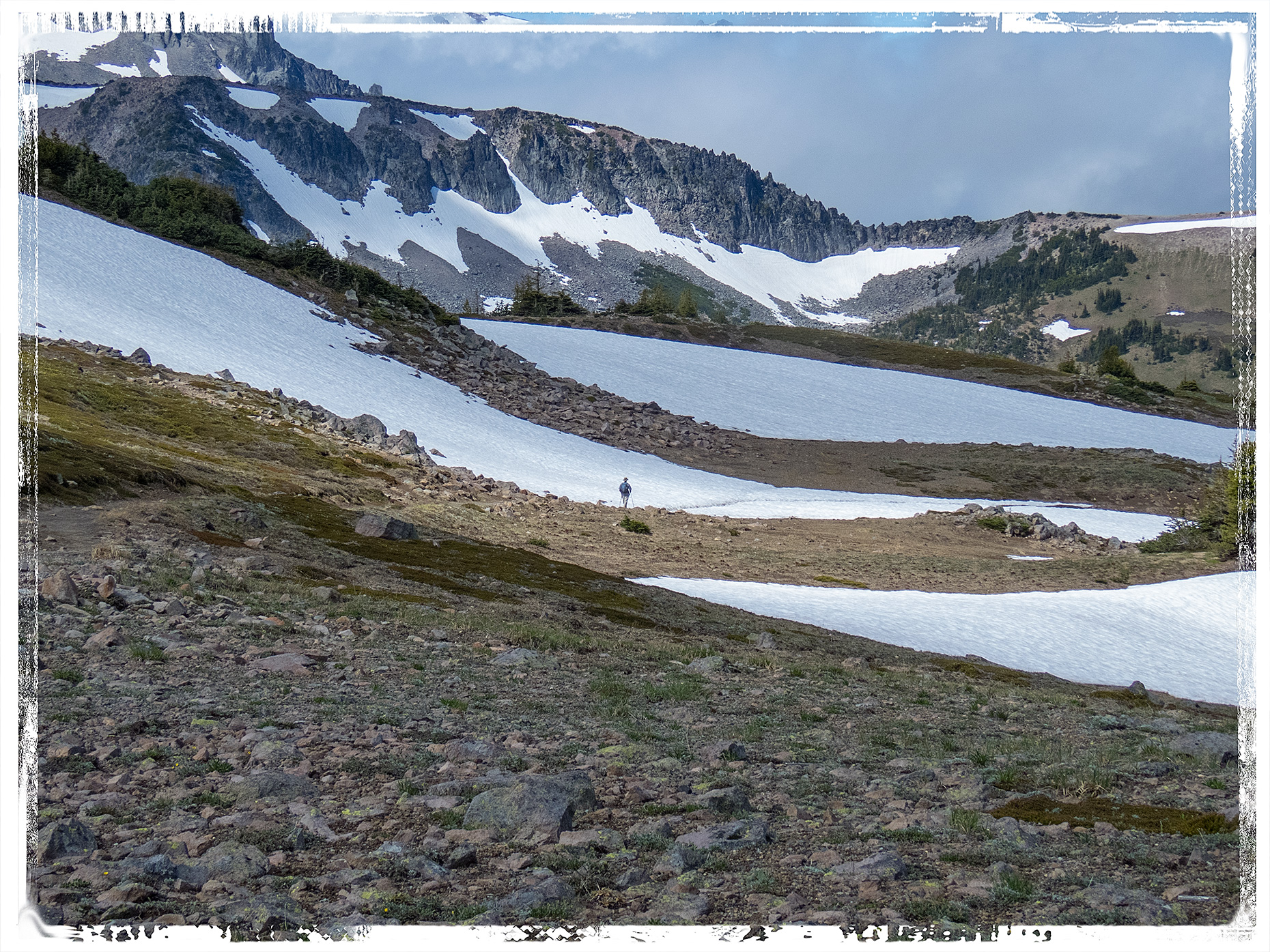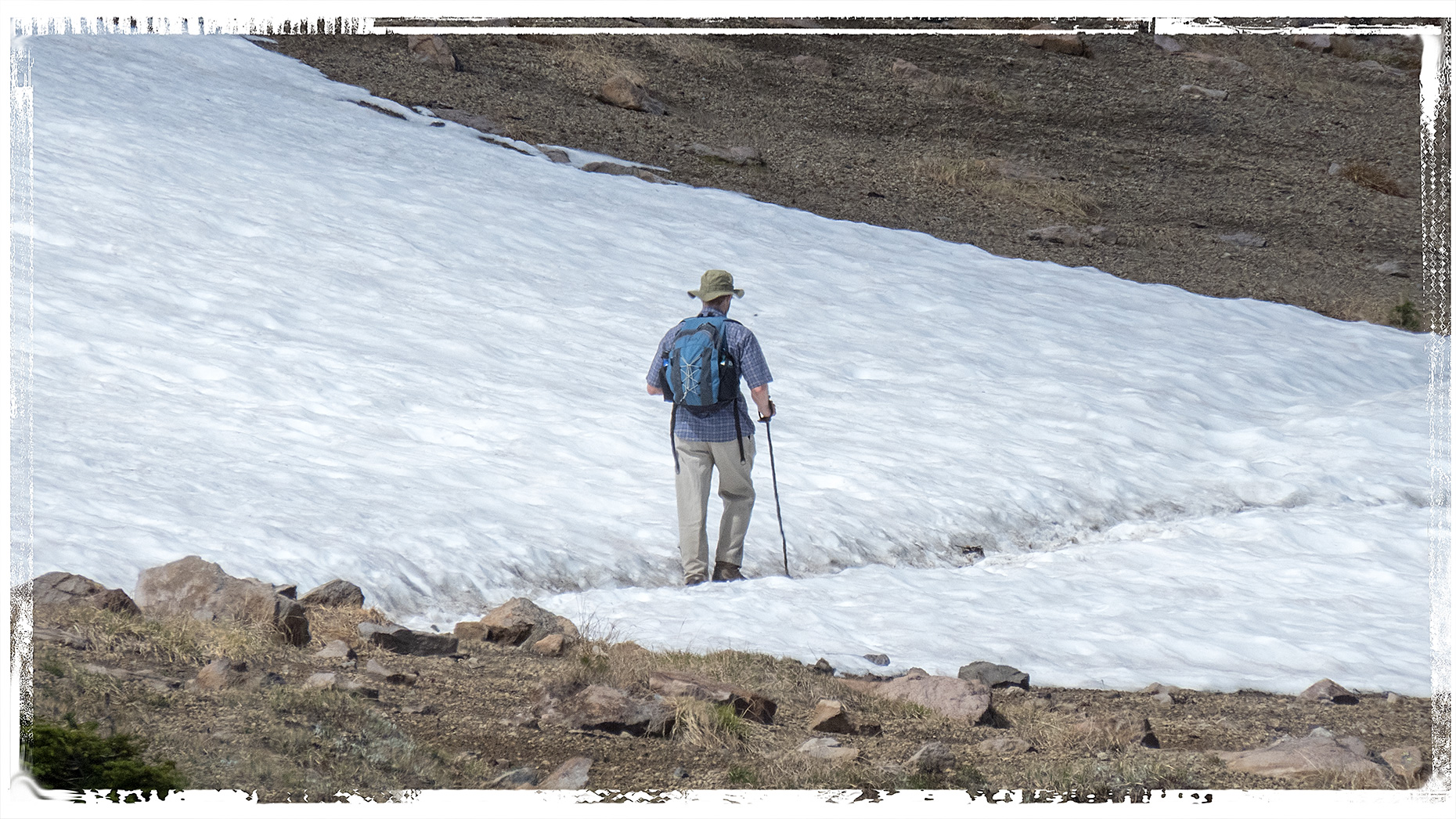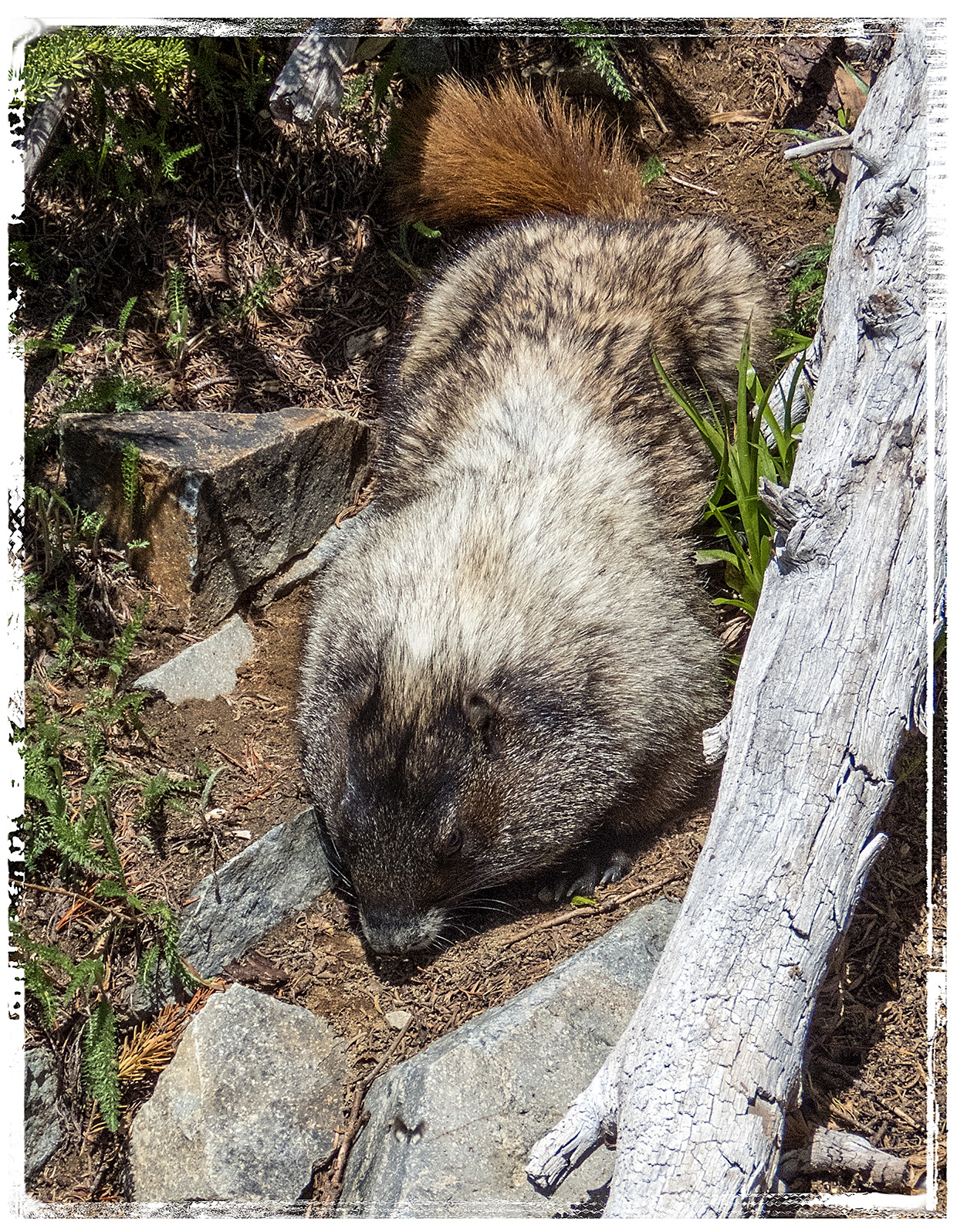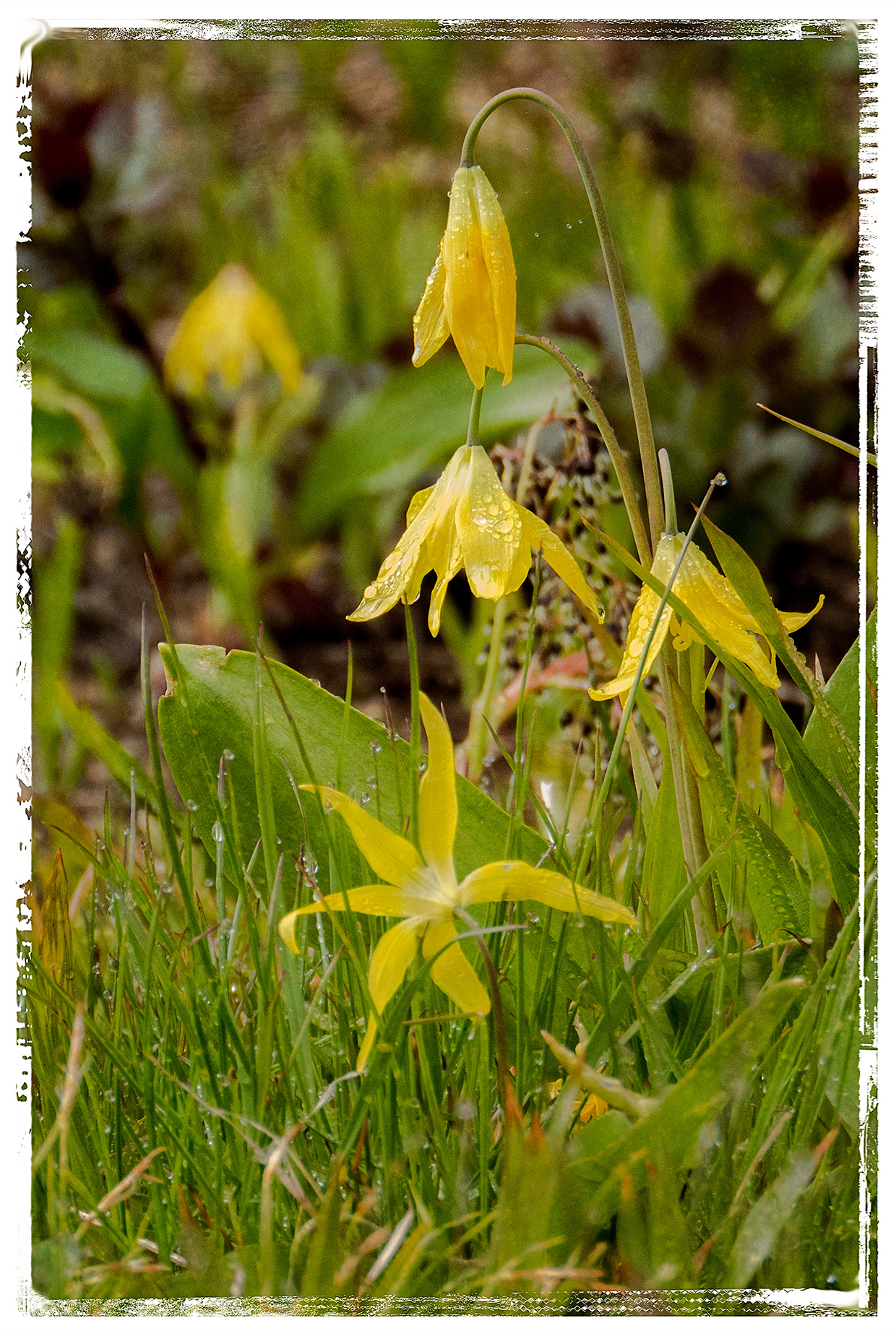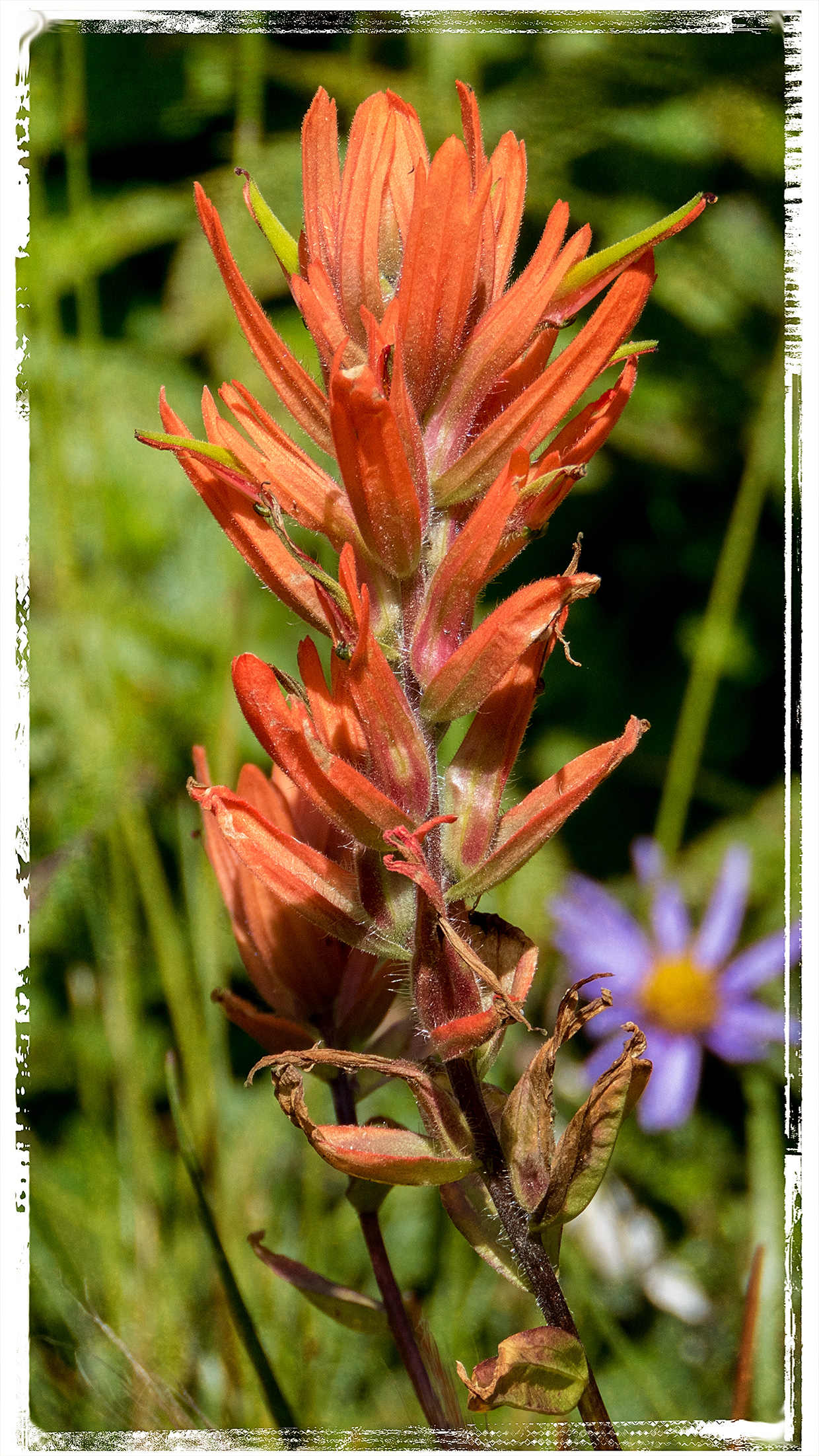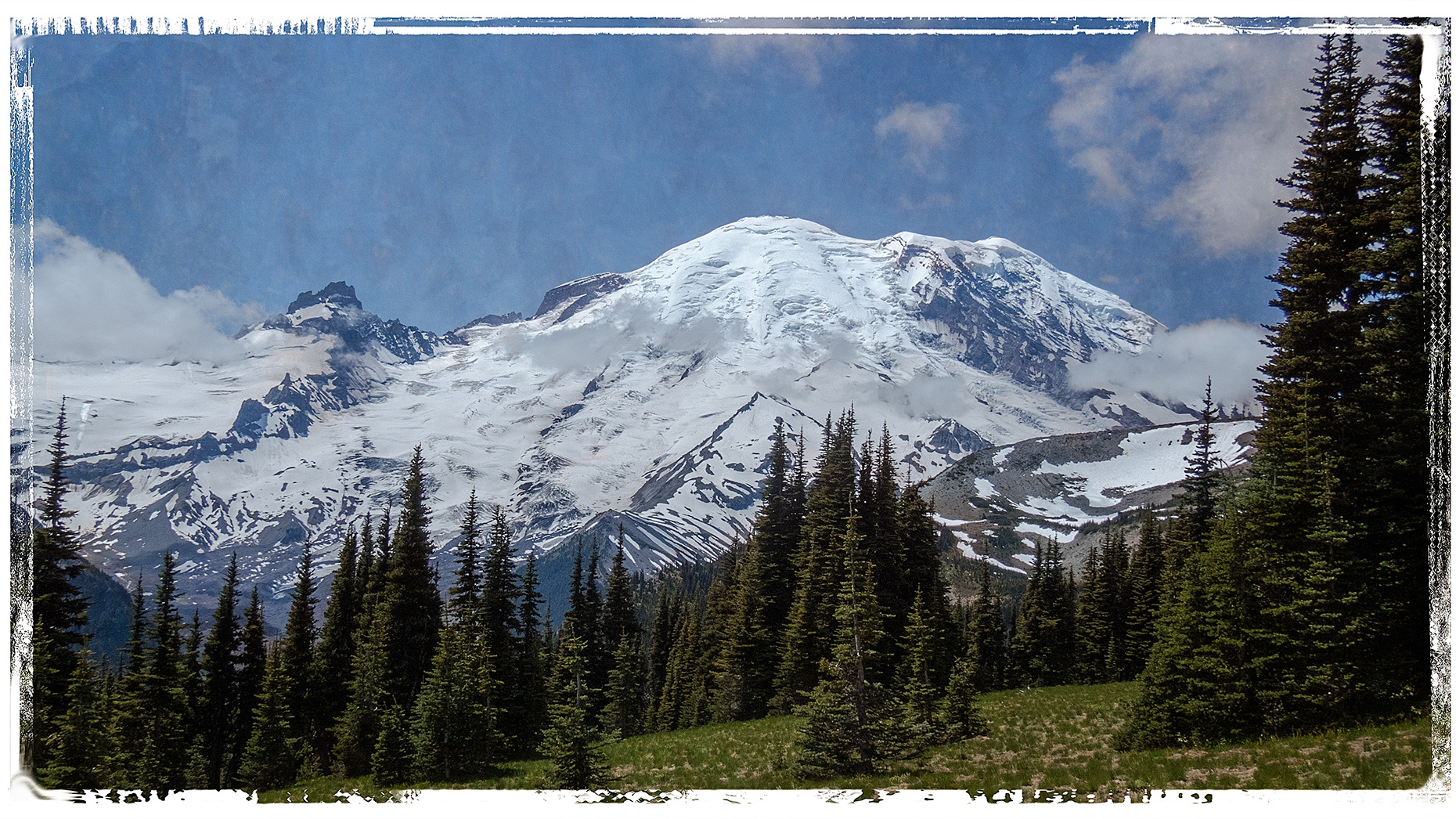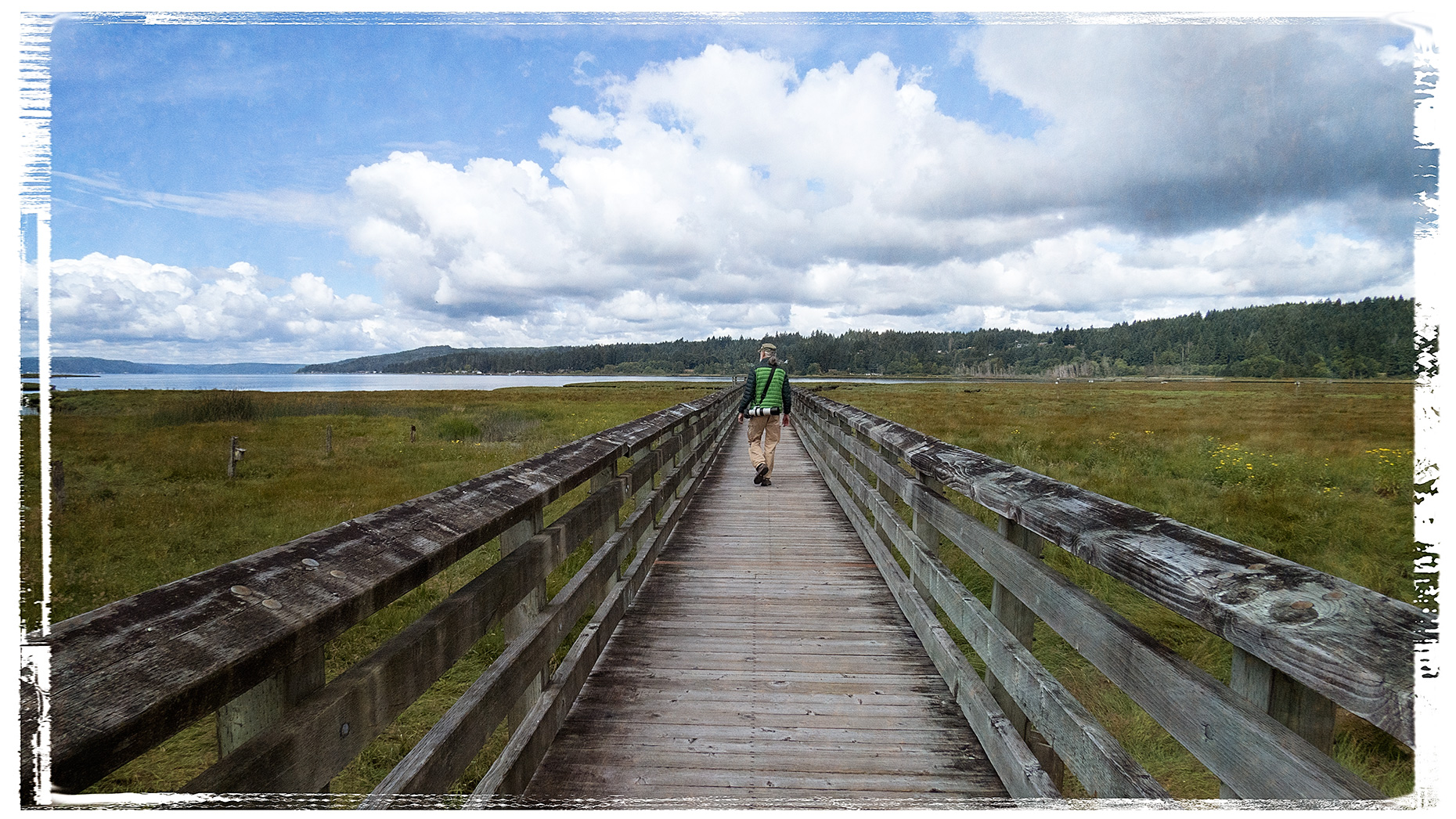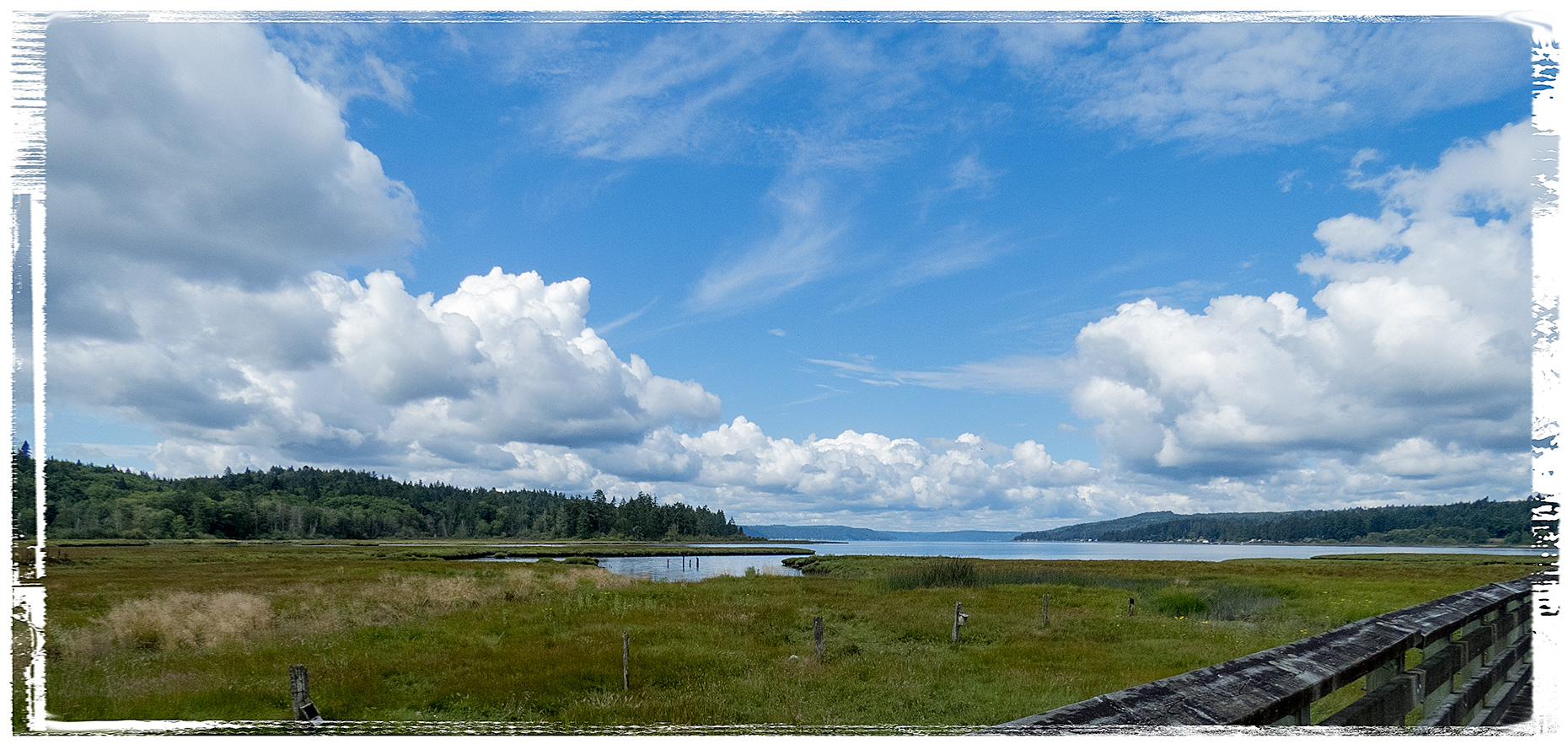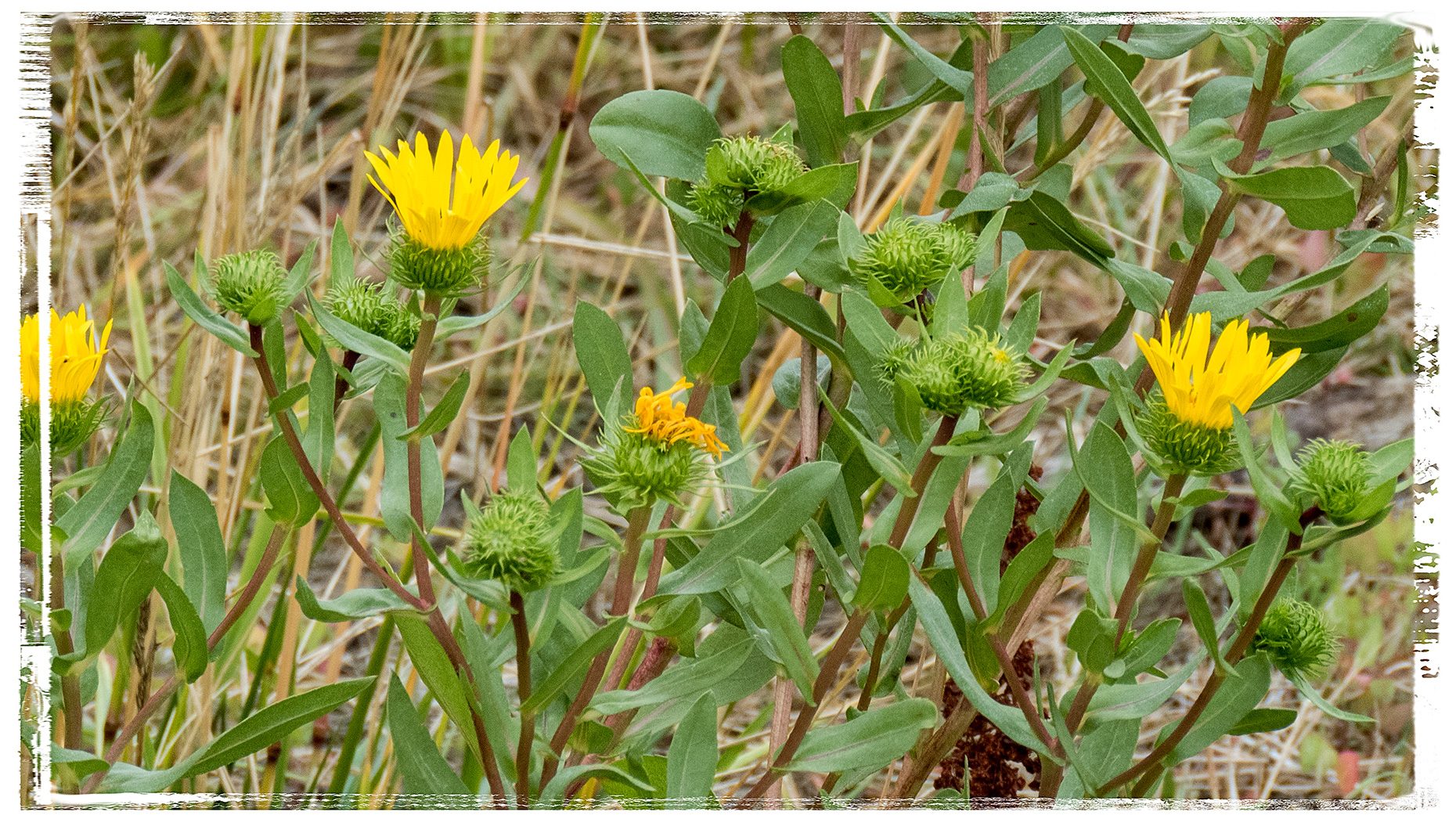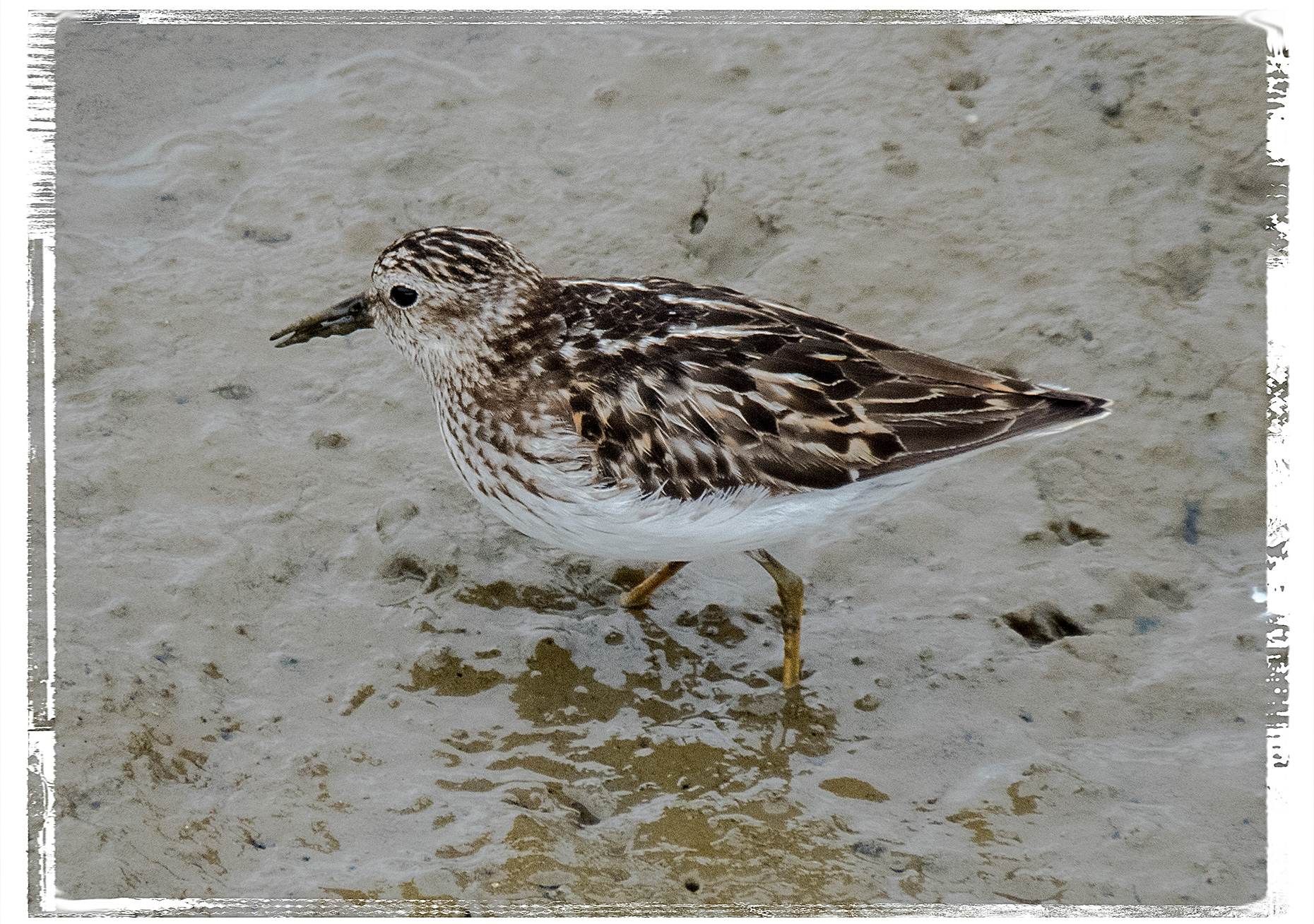Although I knew this is probably the worst time of the year to visit the Sacramento National Wildlife Refuge, I still wanted to stop on our way to Santa Rosa because I hadn’t been able to get there before. We didn’t see nearly as many birds or species as we have on previous visits. Heck, they hadn’t even flooded most areas of the preserve yet.
Luckily, they had opened a pond I’ve never seen and there were birds we seldom see in the Pacific Northwest. Leslie decided she wanted to use the Canon SX60HS and binoculars and not the heavier camera and lens. I decided to start with a selection of her shots that you can compare with my shots in the next blog entry.
Here’s one of the first shots we took showing a small island covered in Snowy Egrets, Common Terns, Cormorants, White Pelicans, various ducks, American Coots, and Black-Necked Stilts.

A little further along, there was a small flock of White Pelicans herding fish into a small area.

I was surprised to spot this Bullfrog on the edge of the pond.
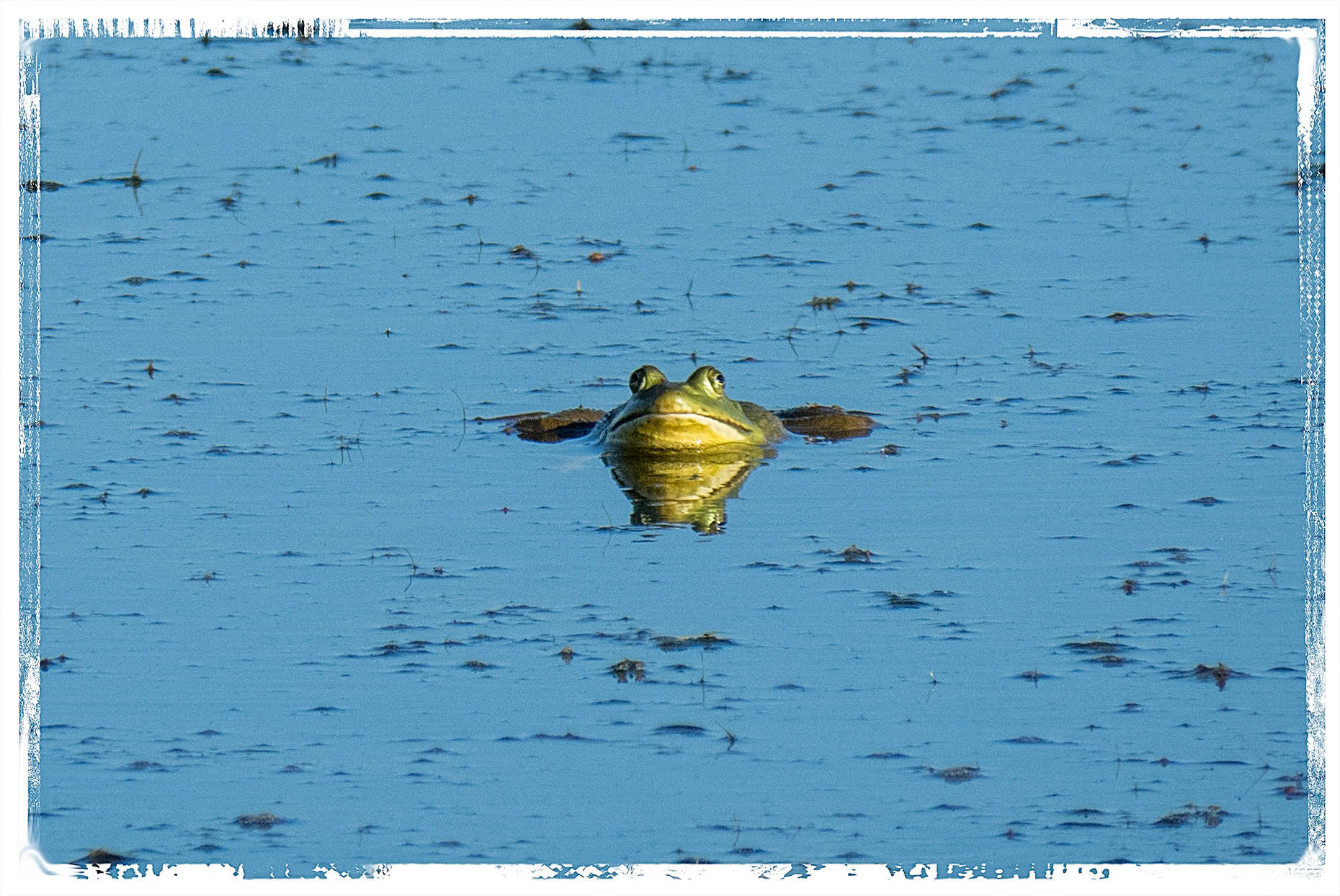
It must be challenging to survive in a pond with this many predators.
Leslie was trying to capture the golden glow of these dragonflies as the evening sun hit them.
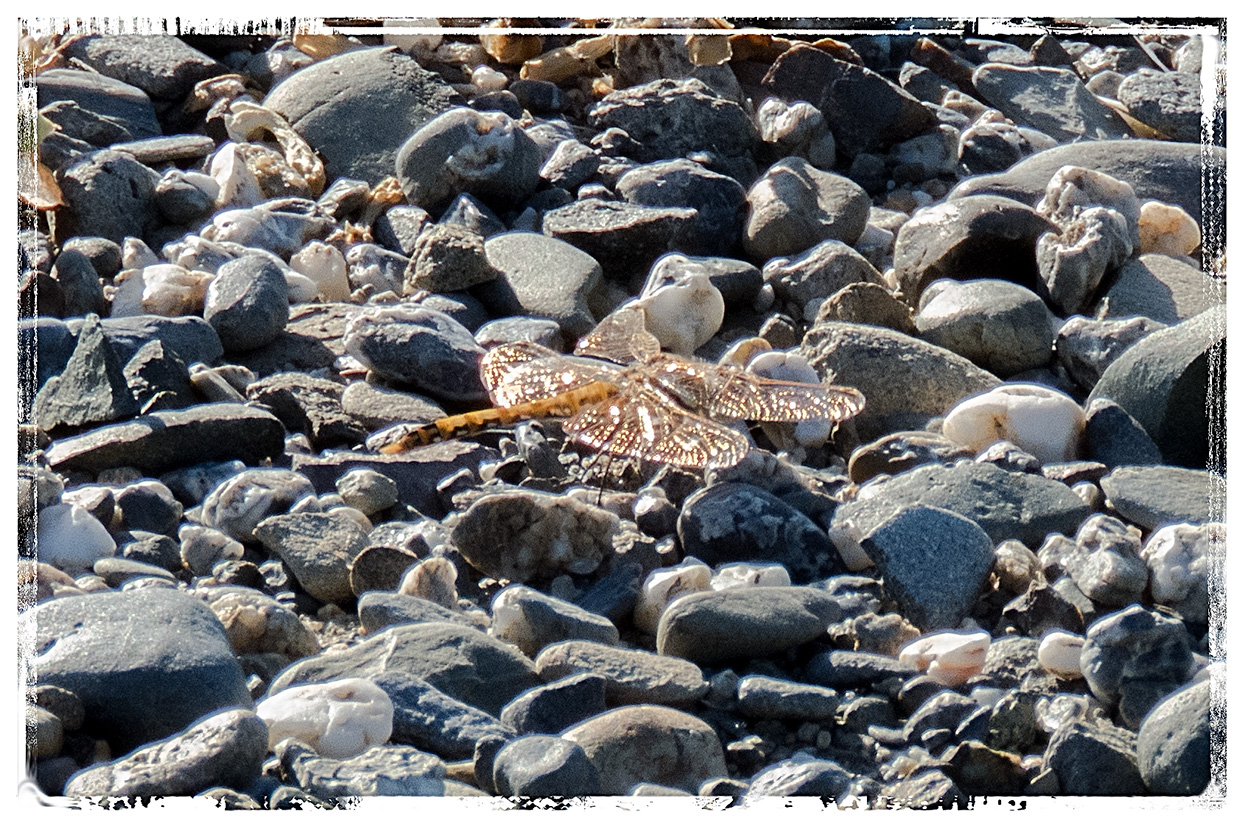
This shot was heavily cropped after I located the dragonfly among the rocks.
I didn’t have a problem locating this doe and her two fawns, though.

Technically this shot is probably too bright and too dark all at the same time, but I like the image of a family of wild turkeys running down the road like a flock of velociraptor.

Of course, because I always shoot in RAW format, these shots have been processed in Photoshop. I’ve read arguments that shooting RAW format requires a lot more editing than shooting in jpg format because the camera’s computer leaves all the decisions up to the photographer rather than deciding by itself what “looks best.” Depending on what you want to do with your photographs, it might be best to just shoot in jpg format to save time, but I’m not sure if the jpgs would come straight out of the camera looking this good or not (just saying).


